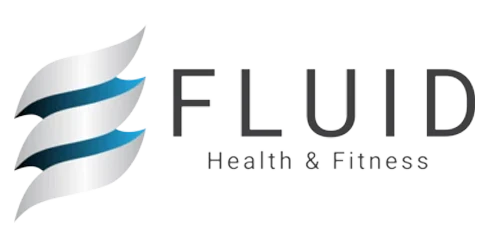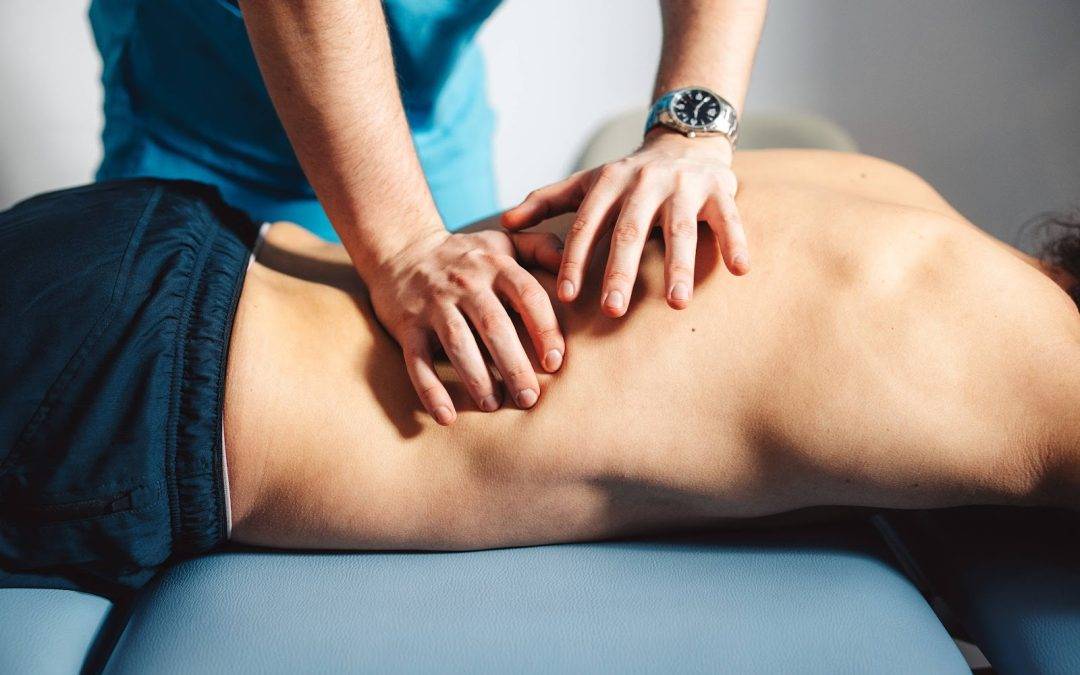Does Physical Therapy Work For Back Pain?
Chronic back pain can be debilitating and disabling, whether it’s an acute episode or a long-standing issue.
The good news is that physical therapy is often the first line of treatment for back pain. Plus, it’s much more cost-effective than surgery or medications.
Passive Physical Therapy or Modalities
Back pain is a common reason people seek physical therapy. Whether it’s from an injury, accident or chronic conditions like osteoporosis, back pain can be debilitating.
Fortunately, there are multiple treatments available to help alleviate back pain and restore your quality of life. Your physical therapist will determine which approach is most suitable for you based on the specifics of your injury and symptoms.
Passive physical therapy techniques such as heat, cold, electrical stimulation and manual therapy can all be employed for back pain relief. These treatments may even be combined to maximize comfort and speed up recovery time.
Passive treatments can provide temporary comfort, but are insufficient to heal back pain. Relying too heavily on passive therapies without enough active therapy may result in delayed healing and persistent discomfort.
Physical therapists often suggest performing exercises that combine stability training, strength training and targeted stretches. These movements can improve range of motion and build muscles around affected areas to give those parts of your body support they require. Usually these exercises come later in your treatment plan after back pain has subsided enough for you to safely do them.
Active Physical Therapy
Back pain is a widespread issue that affects millions of people worldwide. Whether you’re dealing with chronic or acute discomfort, back pain can make life difficult.
Physical therapists have several methods for treating back pain. One such option is active physical therapy.
Active physical therapy (APT) is a treatment method that instructs patients on specific exercises and stretches to help alleviate their symptoms. These exercises may be introduced later on in a patient’s treatment program once their lower back pain has decreased enough for them to do the exercises without too much discomfort.
Physical therapy can be an invaluable aid when treating back pain after spinal surgery. Exercises help alleviate fatigue, restore movement, and minimize future episodes of back pain.
Heat and Cold Therapy
Heat therapy can help relieve pain and promote healing, but should only be used on those with diabetes, dermatitis, vascular diseases, deep vein thrombosis or multiple sclerosis under medical supervision.
Cold therapy helps alleviate pain by decreasing swelling in the back, joints and tendons. It also cools nerves and produces a numbing sensation to dull the sensation of discomfort.
Ice is especially helpful for back pain relief and sciatica pain relief that arises within the first couple of days after a minor injury or strain. It may also provide temporary relief from strenuous workouts or repetitive movements.
Once the pain starts, apply ice to the injured area for 10 minutes at a time, several times daily. After three days, switch to heat therapy.
Patient Education
Patients who are well informed about their conditions and treatments often have more favorable outcomes. Furthermore, they feel more empowered to make decisions regarding their healthcare.
Patient education is an integral component of a comprehensive treatment plan for back pain. It provides information about the condition, what to expect from therapy, and how to manage symptoms.
Studies have demonstrated that patient education can have a significant effect on overall health, helping prevent relapses and improving medication adherence. Furthermore, it reduces unnecessary medical visits and hospitalizations.
The primary obstacles to effective patient education are lack of time, resources and expertise. But there are ways to overcome these obstacles and enhance your program’s efficiency. The key is strengthening your commitment to this important function – this will guarantee that you have enough energy and time for it. Here are some strategies that can help you reach this objective:
If you’re looking for a reliable source of telehealth physical therapy treatment options and corrective exercise solutions, visit Fluid Health & Fitness to learn more about their services.
For any inquiries or to schedule an appointment, feel free to contact us at Fluid Health & Fitness.



